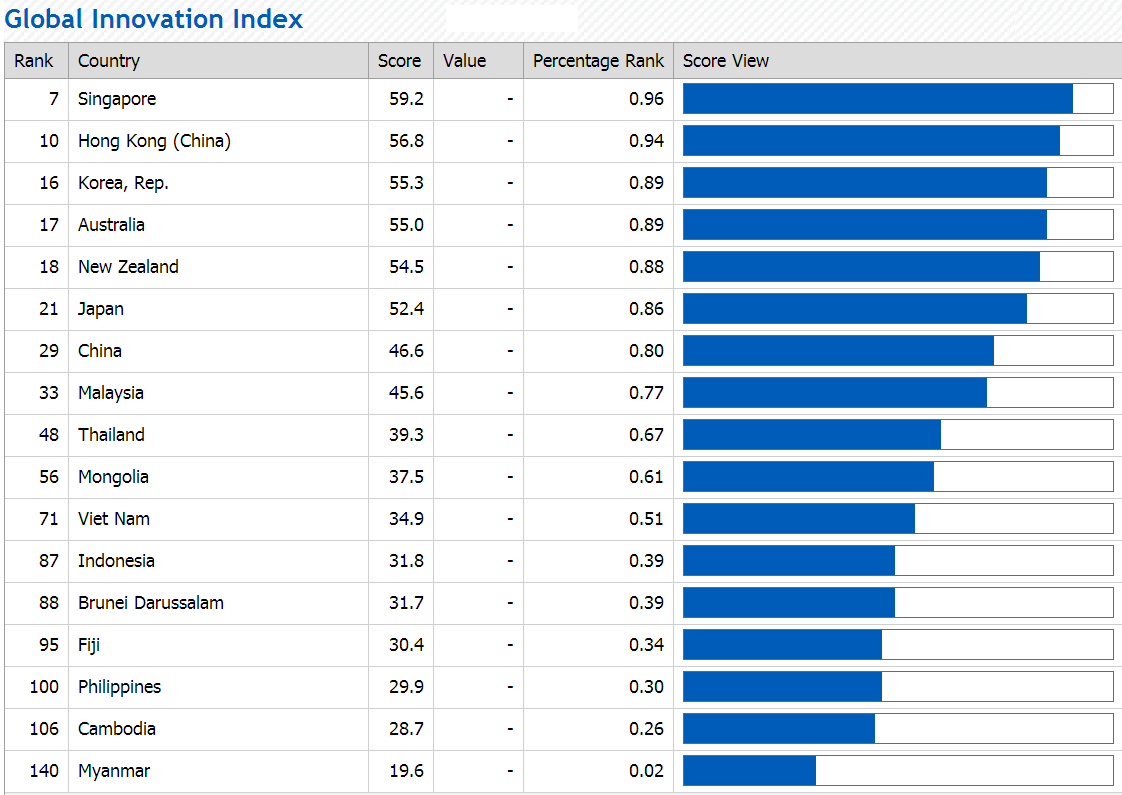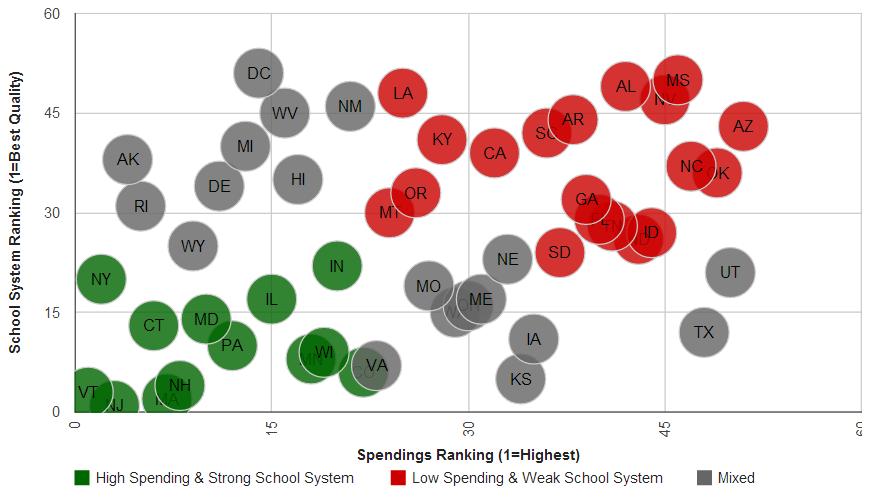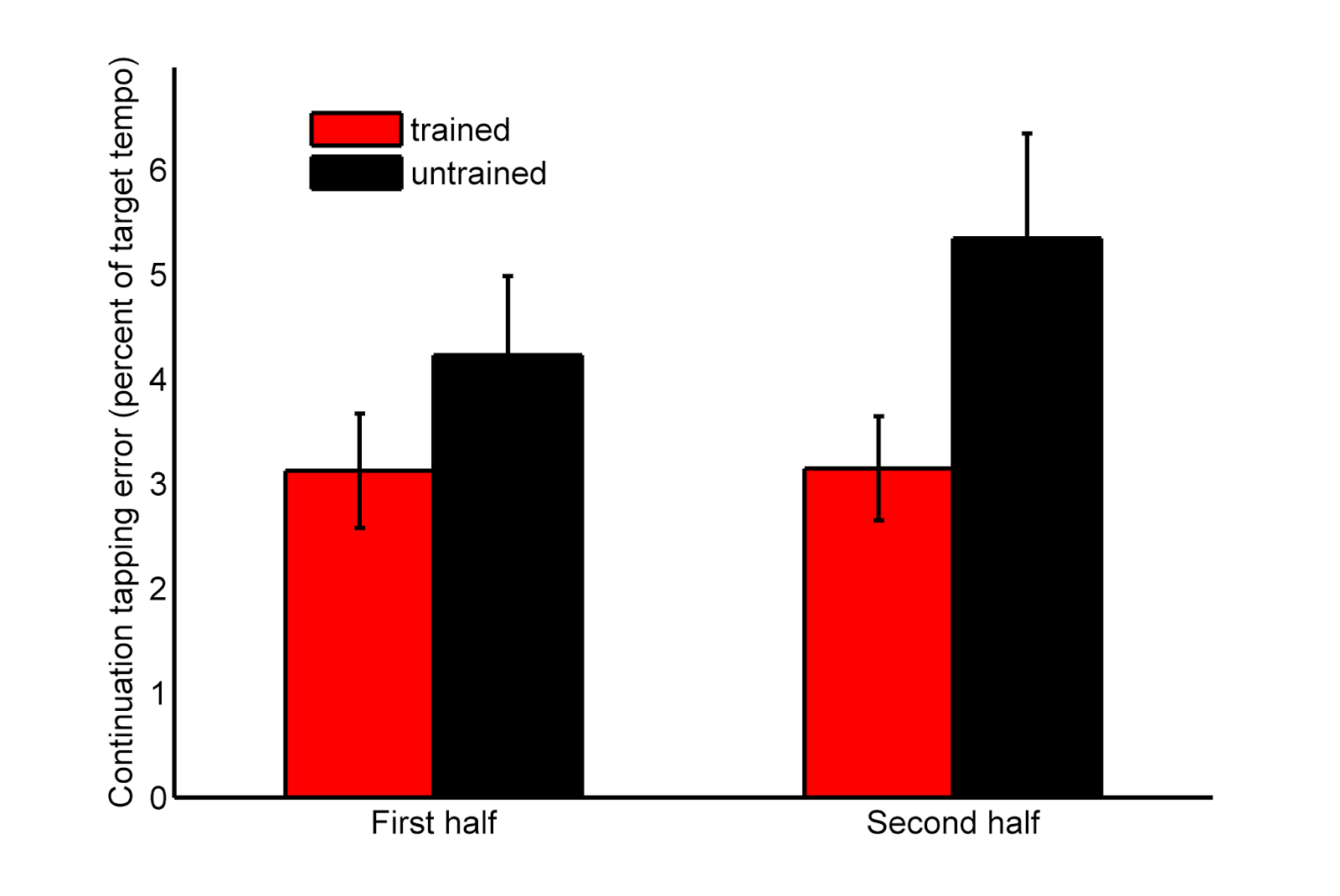How Should One Teach English-Language Learners?

Most Filipinos do not speak English in their homes. Thus, it is safe to assume that a great majority of students in Philippine public schools are English language learners. There should be no argument why it is necessary to learn English. Becoming fluent in English has become a requirement since most human disciplines have embraced English as the global language. Much of academic success now hinges on how well a student comprehends in English as textbooks, learning materials, as well as research papers are now almost exclusively written and published in English. Hence, there is no longer any doubt regarding the importance of learning English. Unfortunately, what program works best for English language learners is still very much debatable. Any claim otherwise only means dismissing or choosing selectively research studies that have attempted to answer this question. It should also be pointed out that this area is marked with poorly done research. The experiments are very difficult to pe...














